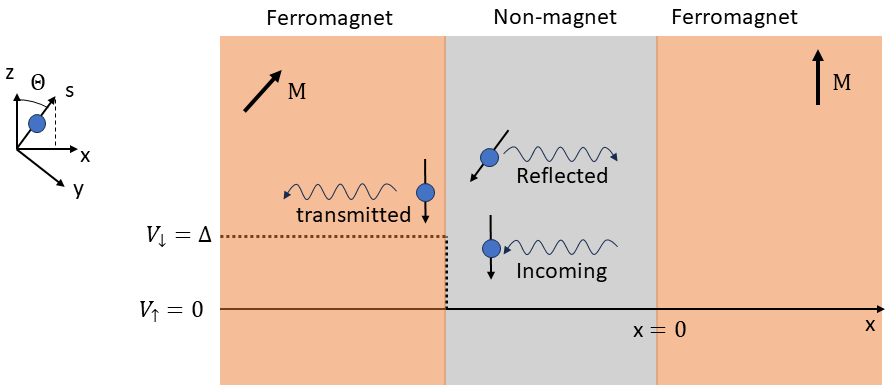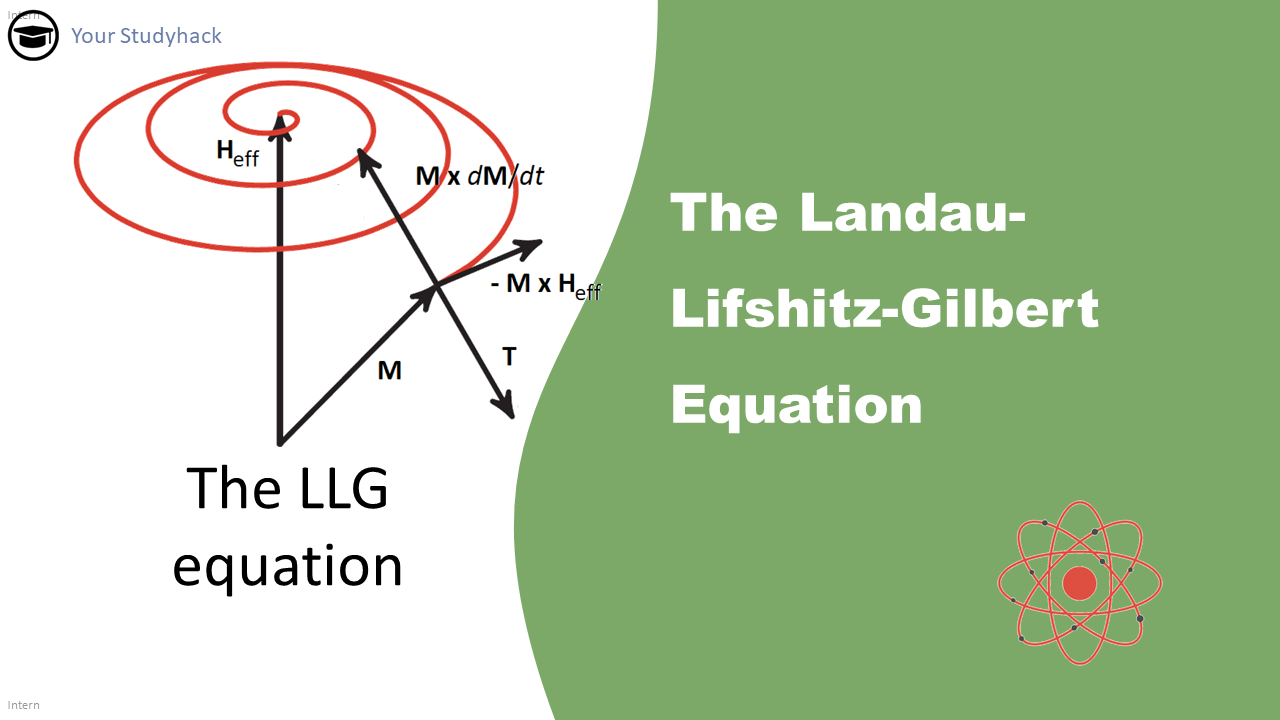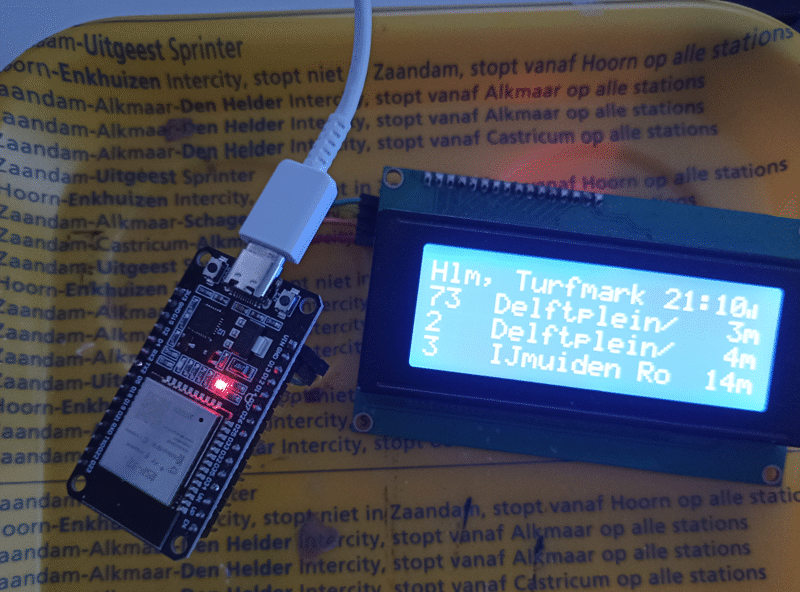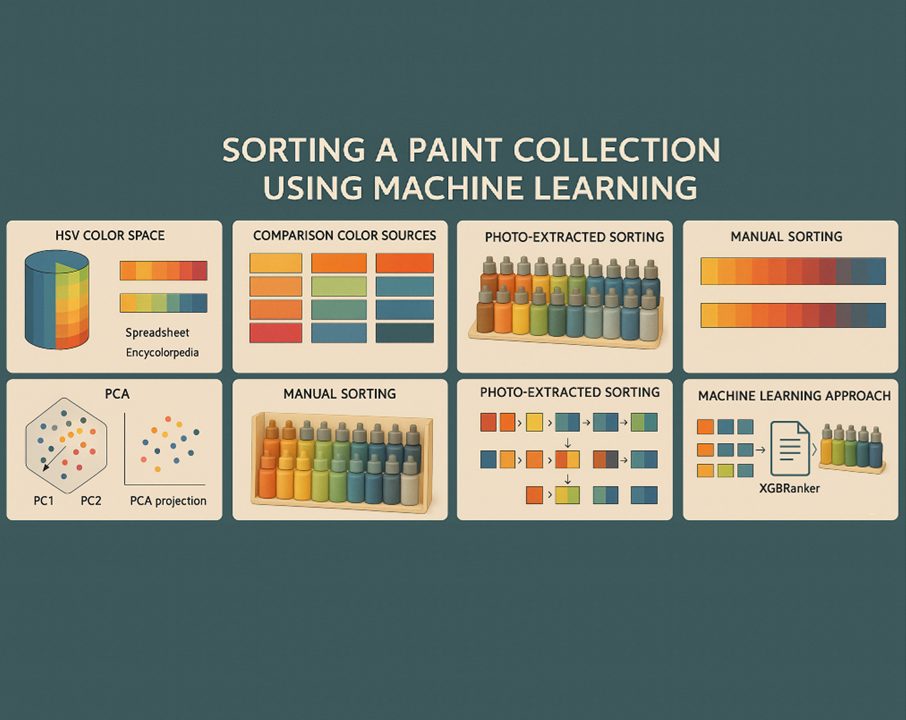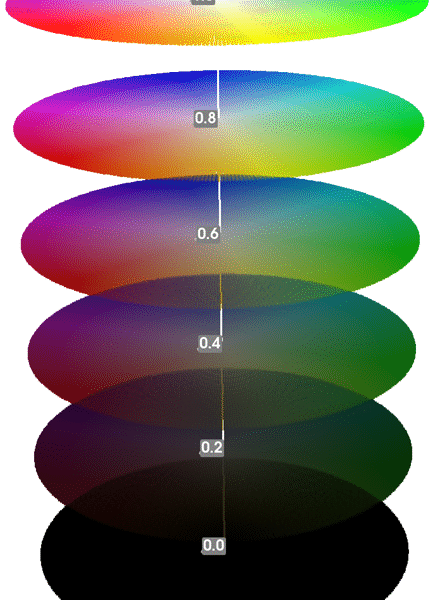Scaling beyond 100nm – Nanoelectronics Era
As silicon and silicon dioxide reach their scaling limits, engineers turn to high-k materials, metal gates, and new device architectures like FinFETs and SOI. These advances define the nanoelectronics era. Yet even FinFETs have limits—pushing research toward carbon nanotube FETs, tunnel FETs, and spin-based devices that could drive future breakthroughs.
An introduction to Skyrmions
Skyrmions are a class of topological solitons discovered by Tony Skyrme in the 1960s, he used this concept to describe how subatomic particles exist as discrete entities in a nuclear field. The original idea was overshadowed by other theories, however, the same concept is now used to describe a phenomena ...
Spin pumping: An Introductory Overview
With STT, we have seen that a current can move magnetization, but the reciprocal effect is also possible, namely the generation of a spin current by magnetization motion. This phenomenon is called spin pumping and it is essential for developing spintronic devices, which utilize the spin of electrons rather than ...
Spin-Transfer Torque: An Introductory Overview
Next to the charge, electrons also posses spins. In normal electronic circuits it is of (hardly) no use, as they are orientated randomly in non-ferromagnetic materials. However, when we integrate ferromagnetic components into these devices, the itinerant electrons can become partially spin polarized, with their spins taking on a more ...
The Landau-Lifshitz-Gilbert equation
To model the motion of the magnetization in the time domain, the Landau-Lifshitz (LL) equation is used. It describes the evolution in time of the magnetization in a solid.





